History Of Nepal : Everything You Want To Know About Nepal & Nepali
History of Nepal,Nepal is a country situated in the lap of the mountains between the great countries of Asia, China and India. Its geography, climate, culture and manners are different from other nations. At the same time, the history of Nepal is also different. The countries to the south of Nepal have been independent even when they are under the control of other countries. We will talk about the complete history of Nepal in Summary.
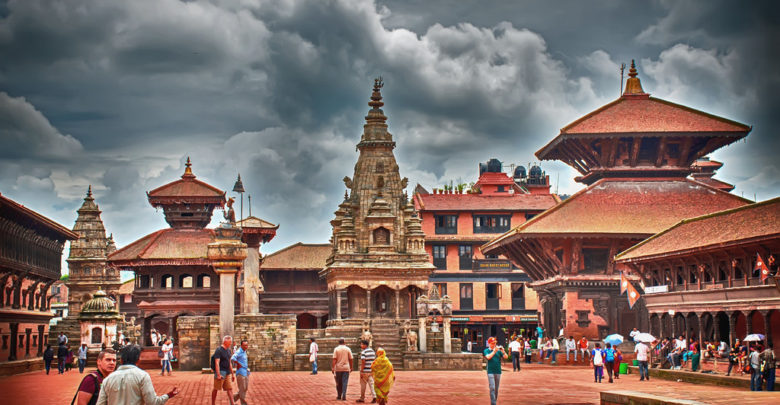
History of Nepal
Naming Of Nepal:
There is no definite data on where and how the word Nepal came from. However, since Nepal is in the lap of the Himalayas, the name Nepal is believed to have originated from Nepal. It is also said that the word Nepal comes from the Tibetan language ‘Niyampal’. Which means holy land. Similarly, tarpaulins were used to produce and store a significant amount of wool in Nepal. Therefore, wool means “pal” which added up to become the name Nepal.
History of Nepal :Ancient History
Kirant period: History of Nepal
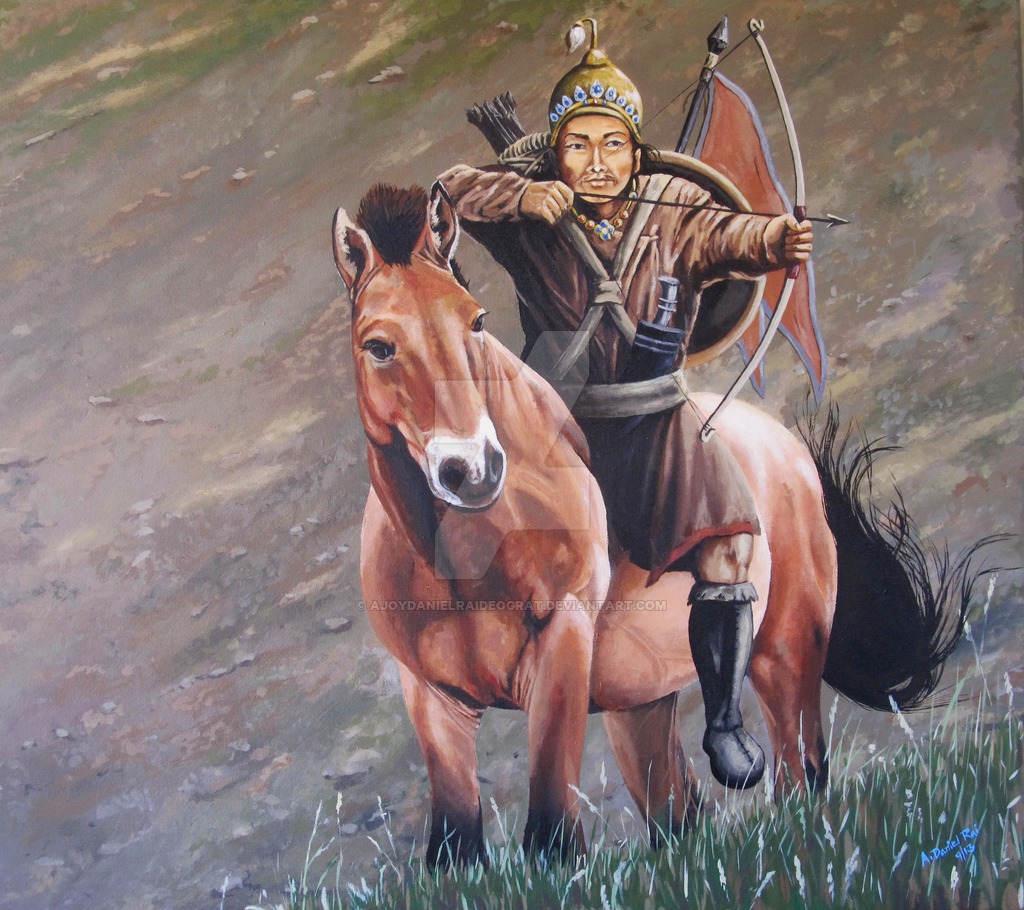
History of Nepal: Kirat
Neolithic tools found during excavations in the Kathmandu Valley are estimated to have inhabited Nepal for 9,000 years. They have great impact on history of Nepal. Accordingly, it is estimated that the Kirant people have been living here for about 2500 years.Kiranti is a hill and wild tribe. They came from Central Asia, India and the Himalayas. However, it is estimated that there were castes like Gopal and Mahishpal in Nepal even before the Kirat period. However, no confirmation has been received.Therefore, in the history of Nepal, the Kirant period is considered to be the main time when we have some written evidence that Yalambar was the king of Kirat.
Licchavi Period:History of Nepal

History of Nepal: Lichhacvi Period
We have the history of the Licchavi rule in Kathmandu from 400 to 750 AD. According to Kautilya’s Arthashastra, the heroic men who had escaped from Veshli had chased the Kirantis and ruled in Kathmandu. The inscriptions, coins and inscriptions of the Changunarayana temple found at that time provide evidence that Mandev was the first king in the Lichhavi period. The Licchavis chased Kiranti and ruled the region from Gandaki to Koshi.
Shah Period: History of Nepal
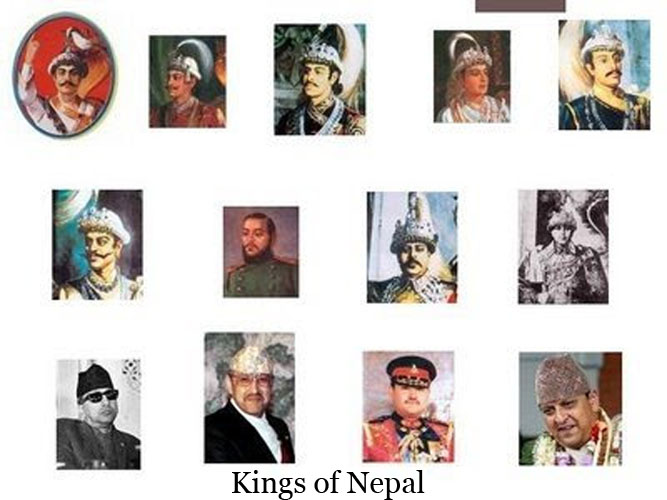
History of Nepal: shah dynasty
After the death of King Narbhupal Shah of Gorkha in 1799, King Prithvinarayan Shah began the idea of unification with the idea of expanding his kingdom. He first graduated from V.S. In 1800, Nuwakot was attacked but defeated. He attacked again a year later and won. Then B.Sc. In 1814 and 21, they were defeated in the attack on Kirtipur. This is the battle in which Kalu Panda was killed. V.S. On 3 March 1822, he again attacked Kirtipur and won. He attacked Kathmandu in 1825 and won.
He then attacked Lalitpur and Bhaktapur respectively. It was done in June 1825 and 26. In that too, he won and laid a strong foundation for the state unification campaign. He then moved from Gorkha to the capital Kathmandu and established the new kingdom of Nepal. This campaign did not stop even after his death. The last king of Shah Dynasty was King Gyanendra.
Rana rule: History of Nepal

History of Nepal: Rana Regime
Nepal has a history of family rule by the Rana dynasty from 1903 to 2007. At that time, it was customary for the Rana brothers to move the post of Prime Minister. The Rana dynasty was the main power in the country. At that time, the country was run under the direction of Rana and what Rana said would happen. There were strict restrictions on others in all areas of economic, social and educational activities.
Panchayat period: History of Nepal

Panchayat Period
The people felt relieved. Ease came in the political, economic, social and educational spheres. However, democracy did not last long. The Panchayat system was established on January 26, 2017. V.S. The government elected in the 2015 parliamentary elections was overthrown by King Mahendra in broad daylight on January 26, 2017. Political parties were banned after the establishment of the Panchayat regime, while popularly elected Prime Minister BP Koirala, members of his cabinet, MPs, political party leaders and activists were arrested overnight.
Leaders of political parties spent a long time in jail on charges of treason. A large number of leaders and activists of political parties who could not be arrested by the Panchayat were deported to India.
Within 2-3 years of the establishment of the Panchayat, the Panchayat spread all over the country. In order to strengthen the Panchayat, the Panchayat Constitution was promulgated in 2019 BS. The people of the Panchayat system used to say that all Nepalis are Punch, all Punch are Nepali.
They used to promote the Panchayat system and Nepal as complementary to each other. It was propagated that without Panchayat there would be no country. The Congress and the Communist Party were declared non-national elements.
People’s Movement 2046: History of Nepal
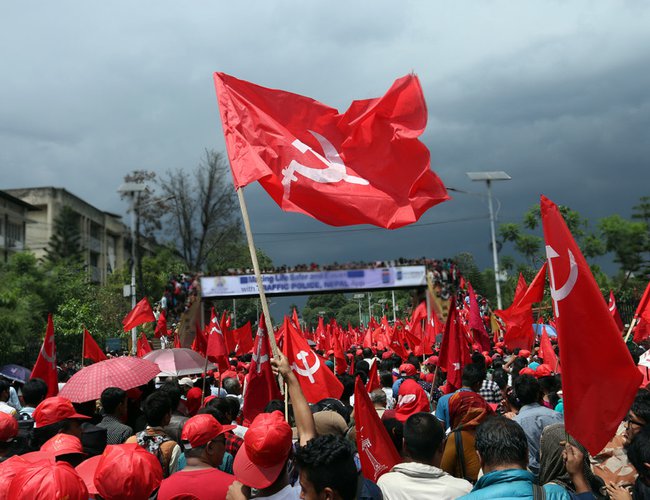
People’s Movement 2046
In the first people’s movement of Nepal in 2046 BS, various parties of Nepal were involved in the movement with the same objective. A group of communists led by the Nepali Congress formed the United Left Front and joined the movement. The 50-day agitation was severely suppressed by the Panchayat rulers. After that, King Mahendra removed the popularly elected Prime Minister in 2017 BS, dissolved the parliamentarians and introduced an independent panchayat system.
But due to the pressure of 18 years of revolution, 33 years of BP’s reconciliation policy, 2036 student movement, etc., the then King Birendra held a referendum in Nepal in 2036 BS. In a referendum on which multi-party or reformed panchayat to choose, the Panchayat faction won by extreme abuse of state power. Even after that, when the multi-party system could not be established in the country, the Nepali Congress started Satyagraha in 2042 BS. Eventually, this step turned into a people’s movement in 2046 BS.
Nepali Language : Origin,History & Development of This Mysterious Language!
Maoist People’s War:

Maoist People’s War:: History of Nepal
The then CPN (Maoist) had declared a people’s war on March 20, 2006. The people’s war was started with the original slogan of ‘Let’s move forward on the path of people’s war to establish a new democratic state by destroying the reactionary state power’. The People’s War, which started by capturing Rolpa’s Holeri, Rukum’s Athaviskot, Sindhuli’s outposts in Sindhuligadhi and Gorkha’s Changli Agricultural Development Bank, brought catastrophic upheaval in Nepali society in ten years.
Indeed, the ten years of the People’s War were the years of rapid transformation of Nepali society. The feudal society from time immemorial was shaken from its roots by the people’s war. Thousands of people were killed by the state and the Maoists at that time, but no one is still missing.
Narayanhiti massacre:
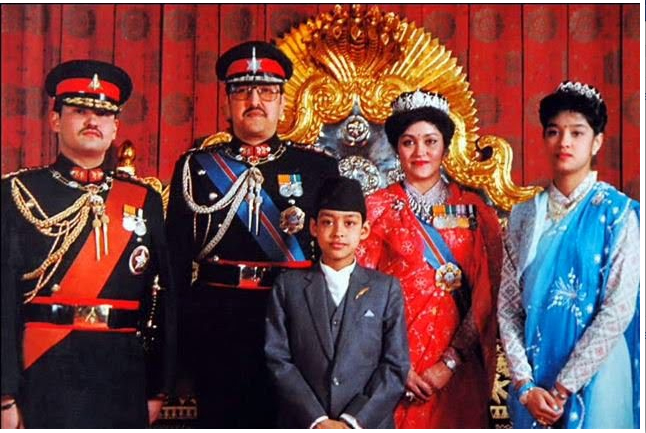
royal family
All the members of King Birendra’s family were killed in a bloody shooting inside the Narayanhiti palace on the night of 19 June 2058 BS. Many members of the royal family, including King Birendra, Queen Aishwarya, Prince Dipendra, Princess Shruti and Prince Nirajan, were said to have died a day later in the massacre. Which has not been revealed so far.
Second People’s Movement 2062/63 : History of Nepal
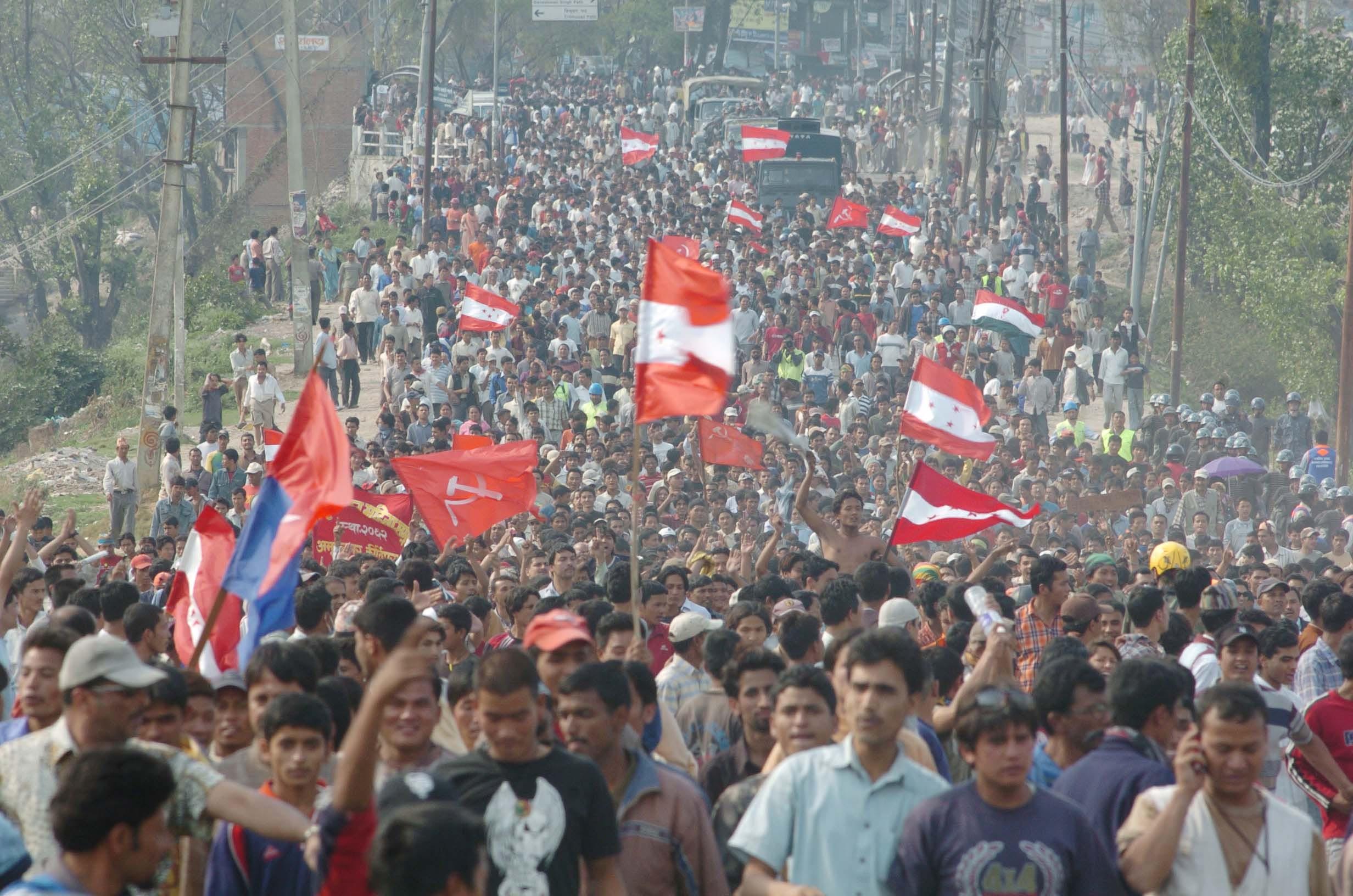
Second People’s Movement 2062/63
The second people’s movement was a peaceful movement in Nepal that lasted for 19 days. This movement overthrew the 237-year-old monarchy of Nepal and laid the foundation of a democratic republic in the country.
Various political parties and armed Maoists were also involved in the movement. With the success of the people’s movement, the Maoist people’s war ended and peace was established in the country.
Constituent Assembly Election and Constitution Making:
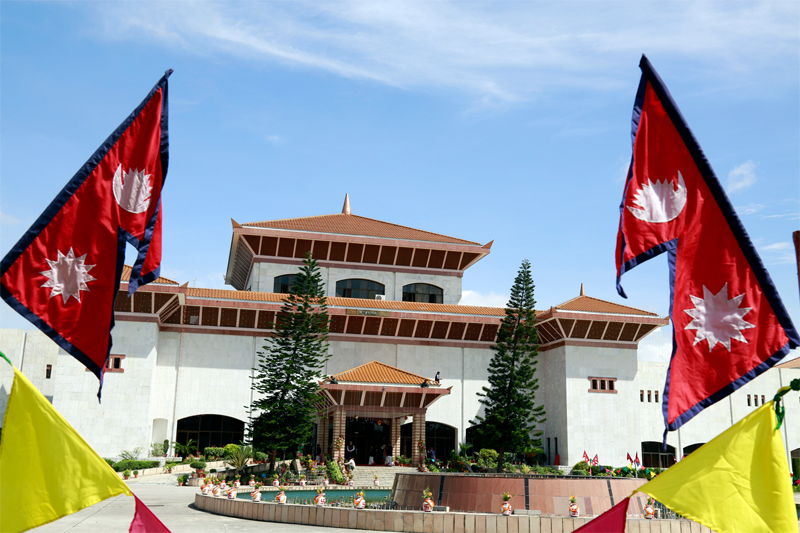
Nepal Constituent
In the Constituent Assembly elections held along with the Jana Andolan, the Maoists became the first party to enter into peace talks after a 10-year war. This Constituent Assembly June 15, 2065 Worked till 15th June, 2069. It was said that the constitution would be drafted in two years in the election held on April 11, 2008 but it was not successful due to various reasons.
The first to be elected to the Constituent Assembly, 240 members from the direct seat, 335 members from the proportional seat and the remaining 26 members were elected on the recommendation of the Council of Ministers. The first meeting of the first Constituent Assembly defined Nepal from a monarchy to a republic.
After the first Constituent Assembly failed to deliver the constitution within the stipulated time, its term was again extended by two years to four years. Four years later, the first Constituent Assembly was dissolved on June 3, 2008 after failing to draft the constitution. The election of the members of the second Constituent Assembly was held on December 19, 2008. Finally, the Constitution of Nepal 2072 BS was promulgated from this Constituent Assembly on September 19, 2008.
Comment Here!